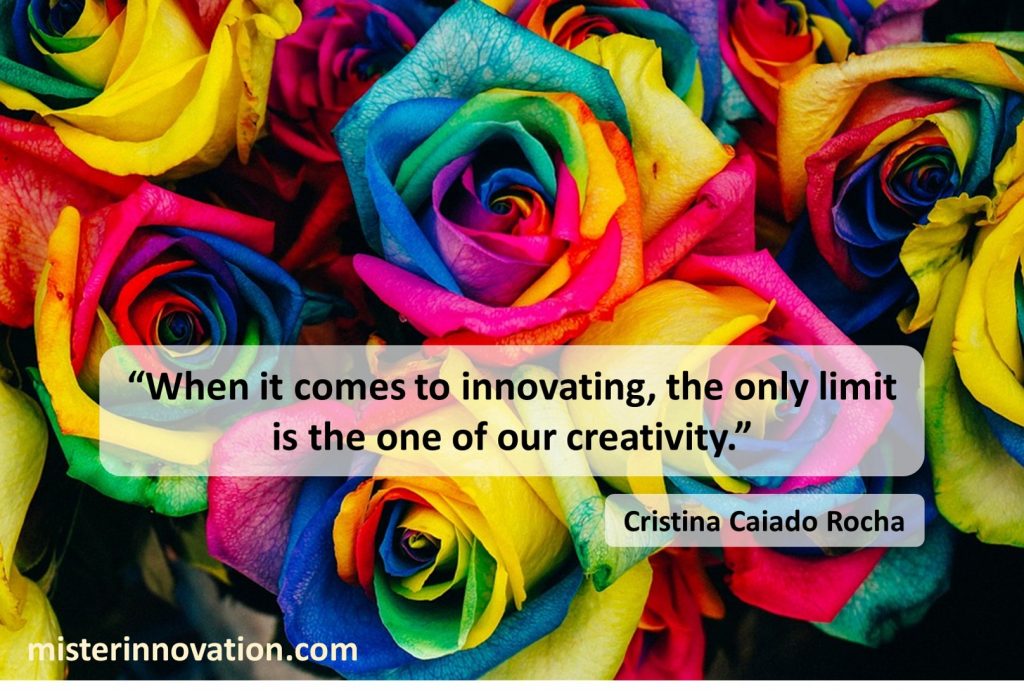
GUEST POST from Art Inteligencia
In an era marked by rapid technological advancements and ever-evolving customer expectations, the art of problem-solving has never been more crucial. Design thinking, a human-centered approach that emphasizes empathy, creativity, and iterative experimentation, has become the leading methodology for tackling complex challenges and fostering innovation. Today, I will delve into the core tools and techniques that make design thinking so effective, and illustrate their tangible benefits through two compelling case studies.
The Essence of Design Thinking
At its core, design thinking is about putting people first. It demands a deep understanding of the needs, wants, and limitations of the end users. The approach typically unfolds in five stages:
- Empathize: Engage with and observe your users to gain insights into their experiences and emotions.
- Define: Clarify the problem based on the insights obtained; create a clear problem statement.
- Ideate: Brainstorm a wide array of potential solutions without judgment.
- Prototype: Develop simple, cost-effective models of your ideas.
- Test: Collect feedback and iterate upon the prototypes to refine your solutions.
Key Tools and Techniques
1. Empathy Maps: Empathy maps are a vital tool in the Empathize stage. They help teams capture what they know about users and distill that information into a manageable, actionable format. By breaking down user experiences into categories such as “Says,” “Thinks,” “Does,” and “Feels,” teams can build a comprehensive understanding of the user’s world.
2. Customer Journey Maps: These visualize the process a user goes through to achieve a particular goal. It highlights pain points, opportunities, and emotions during each step of the journey. This tool is particularly useful in the Define stage to pinpoint where user needs are not being met.
3. Brainstorming and SCAMPER: In the Ideate stage, structured brainstorming techniques like SCAMPER (Substitute, Combine, Adapt, Modify, Put to another use, Eliminate, and Reverse) stimulate creative thinking. This approach helps teams explore a wide range of possibilities.
4. Paper Prototyping: A low-fidelity method to quickly bring ideas to life with simple materials such as paper and markers. This technique, prevalent in the Prototype stage, allows for rapid iteration based on user feedback.
5. User Testing and Feedback Loops: Integral to the Test stage, conducting user tests and creating feedback loops ensures that solutions are continually refined to better meet user needs. This iterative process ensures that the end product is both functional and user-centric.
Now, let’s explore how these tools and techniques can be applied in real-world scenarios through two compelling case studies.
Case Study 1: Empowering Patients with a Digital Health Platform
The Challenge
A healthcare provider faced a significant challenge: their patient portal was underutilized, and patients reported frustration with its usability. The goal was to redesign the platform to enhance user engagement and satisfaction.
The Process
1. Empathize:
- Empathy Maps: The team conducted interviews and observations with patients, creating empathy maps to capture their frustrations, needs, and desires.
- Customer Journey Maps: They mapped out the patient journey from booking an appointment to follow-up care to identify pain points and unmet needs.
2. Define:
- The team synthesized their findings into a clear problem statement: “Patients find the current portal confusing and inefficient, leading to low engagement and dissatisfaction.”
3. Ideate:
- Brainstorming and SCAMPER: The team facilitated brainstorming sessions using SCAMPER to generate ideas. They considered how to substitute cumbersome features with more intuitive ones, combine existing functionalities, and modify the user interface to enhance clarity and accessibility.
4. Prototype:
- Paper Prototyping: They created paper prototypes of the revamped portal, allowing for quick iterations based on initial user feedback. These low-fidelity models enabled them to test various layout and navigation options without significant investment.
5. Test:
- User Testing and Feedback Loops: The team conducted usability tests with the paper prototypes, gathering feedback and making necessary refinements. They repeated this process through several iterations until the design effectively addressed patient needs.
The Outcome
The final digital health platform was launched with a user-friendly interface, streamlined navigation, and enhanced functionalities. Patient engagement skyrocketed by 60%, and satisfaction ratings improved dramatically. This case underscores the power of design thinking in creating solutions that genuinely resonate with users.
Case Study 2: Revolutionizing Retail with a Personalized Shopping Experience
The Challenge
A major retailer sought to differentiate itself by creating a personalized in-store shopping experience amidst growing competition from e-commerce giants.
The Process
1. Empathize:
- Empathy Maps: Teams engaged with shoppers to understand their preferences, frustrations, and shopping behaviors, creating empathy maps that highlighted key insights.
- Customer Journey Maps: They outlined the shopper journey, from entering the store to checkout, identifying moments of delight and pain points.
2. Define:
- They crafted a problem statement: “Shoppers feel overwhelmed by product choices and lack personalized assistance, leading to a sub-optimal experience.”
3. Ideate:
- Brainstorming and SCAMPER: During ideation sessions, the team explored various solutions, such as integrating digital kiosks, offering personalized recommendations, and utilizing mobile apps for enhanced interaction.
4. Prototype:
- Paper Prototyping: They developed paper prototypes of the digital kiosks and mobile app interfaces, enabling them to quickly test and iterate on different features and designs.
5. Test:
- User Testing and Feedback Loops: The team conducted in-store pilot tests with the prototypes. Feedback was collected, and continuous refinements were made to optimize functionality and user experience.
The Outcome
The retailer successfully introduced an innovative in-store experience featuring interactive digital kiosks and a mobile app that provided personalized recommendations and real-time assistance. Shoppers responded positively, with a 40% increase in customer satisfaction and a notable rise in sales. This transformation highlighted the potential of design thinking to reimagine retail experiences in an increasingly digital world.
Conclusion
Design thinking, with its human-centered focus and iterative approach, serves as a powerful framework for problem-solving and innovation. Empathy maps, customer journey maps, structured brainstorming, paper prototyping, and user testing are just a few of the tools and techniques that enable teams to navigate complex challenges and develop solutions that truly resonate with users.
The case studies presented here showcase the tangible impact of design thinking across different industries, reaffirming its value as a methodology for driving meaningful change. By putting people at the heart of the process, we can create solutions that are not only innovative but also deeply aligned with user needs and desires.
As we move forward in an ever-changing world, embracing design thinking will be crucial to staying ahead and crafting the future we envision. Let us continue to empathize, define, ideate, prototype, and test, and in doing so, let us solve the problems of today while paving the way for tomorrow’s breakthroughs.
Bottom line: Futurology is not fortune telling. Futurists use a scientific approach to create their deliverables, but a methodology and tools like those in FutureHacking™ can empower anyone to engage in futurology themselves.
Image credit: Pixabay
![]() Sign up here to get Human-Centered Change & Innovation Weekly delivered to your inbox every week.
Sign up here to get Human-Centered Change & Innovation Weekly delivered to your inbox every week.


